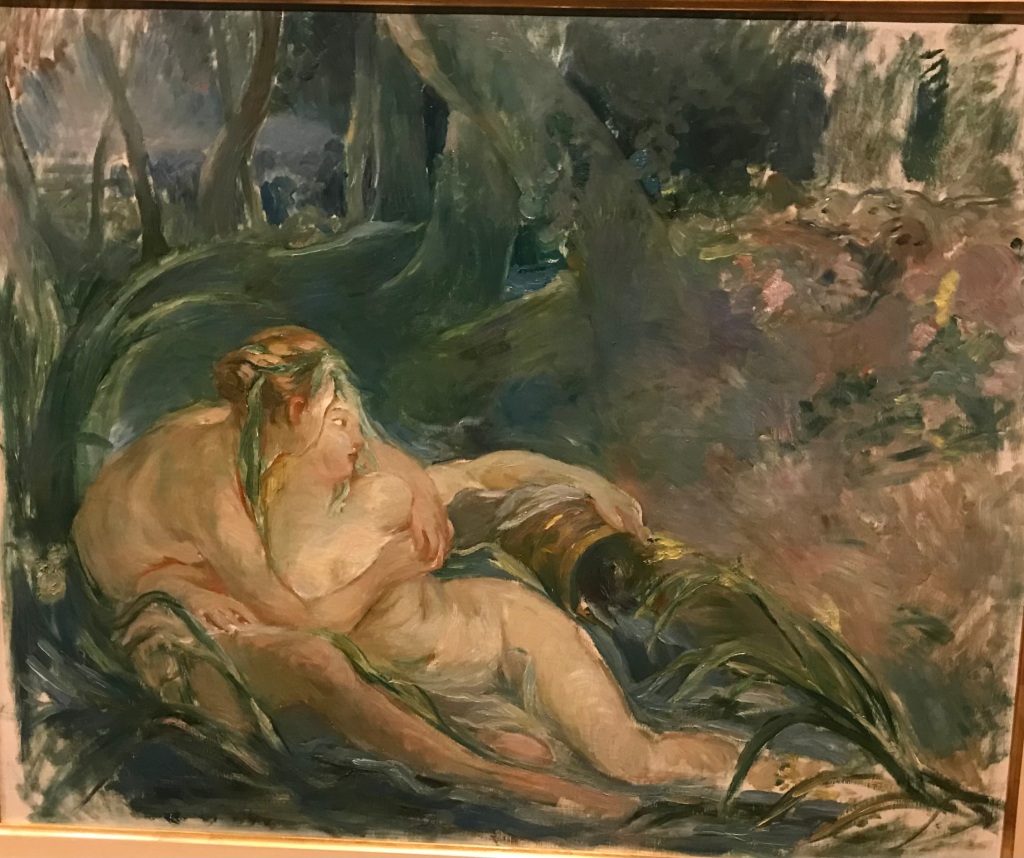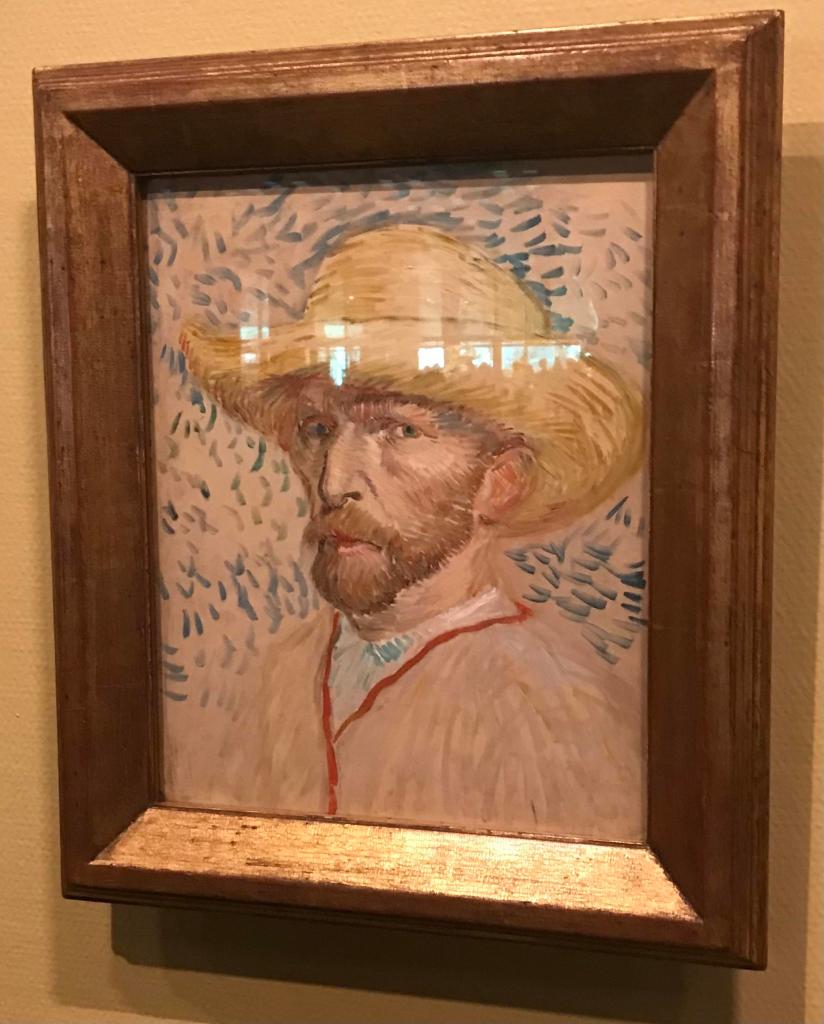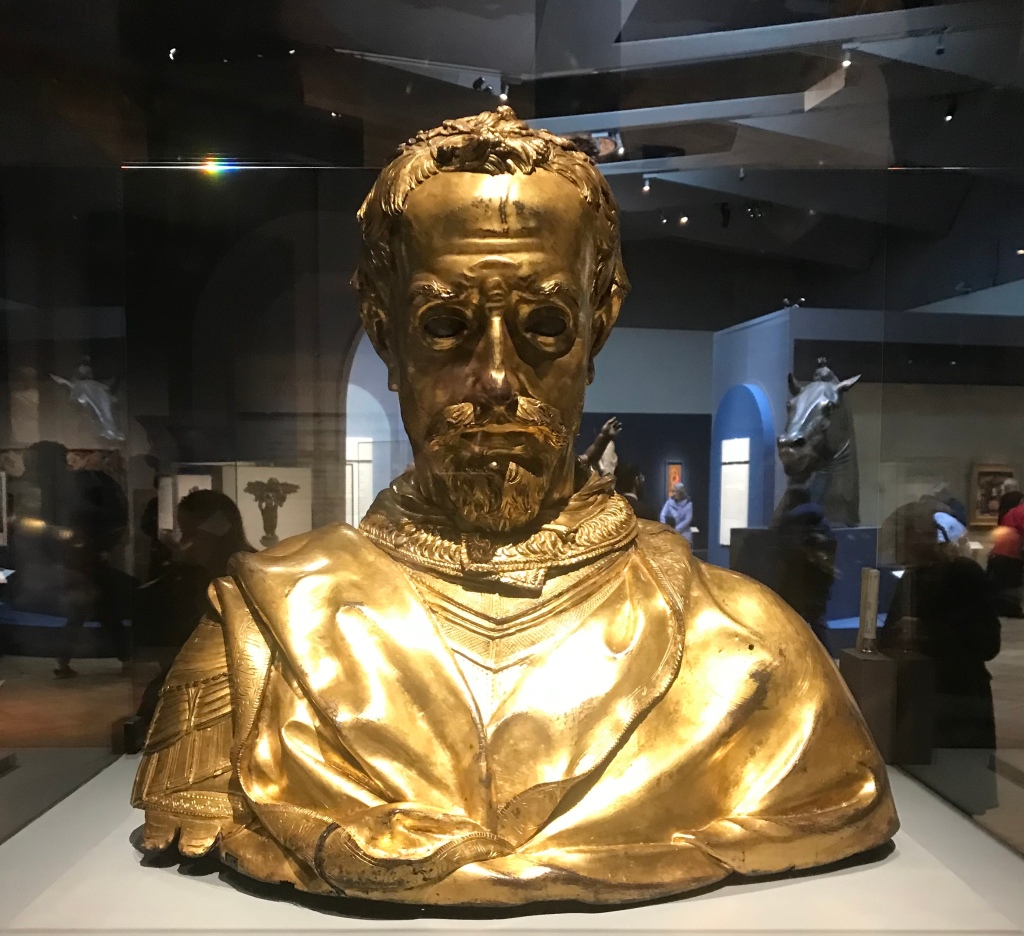Berthe Morisot






We went to the Berthe Morisot exhibition at the Dulwich Picture Gallery. The exhibition, nicely hung, traces influences from earlier generations of artists. These were noted at the time and Fragonard in particular was mentioned so much it led to a legend that she was literally his descendant, a false claim still widely repeated, on Wikipedia and elsewhere. The pictures don’t even look especially Fragonardish to me.
In any case, the emphasis should probably be on her innovative contribution to Impressionism. Her pictures look very fresh and modern in style, if not always in subject. Her brushwork is free and sometimes she doesn’t bother painting to the edge of the canvas. Nearly all are pictures of women, including the striking self-portrait above, in which she jokingly arranges flowers on her lapel to look like the Legion d’Honneur. She seems to have been a good subject, painted many times by her brother-in-law Manet.
Morisot and her sister Edma had the advantage of coming from a well-off family that was happy to pay for art tutors, but as women could not go to art school, and Edma gave up painting when she married. Morisot’s paintings sometimes attracted patronising comments relating to their ‘femininity’: on the other hand her works were never rejected by the Salon as other impressionist paintings were.
Worth a look.
































































